You’ll soon be able to plug a Lucid Air into a Tesla Supercharger, but you probably aren’t going to feel any desire to. Not out of personal views or anything like that, it’s because one of the fastest-charging EVs in America will be one of the slowest-charging on Tesla’s DC fast charging network once compatibility goes online on July 31.
While the Gravity crossover features a Tesla-style NACS port built right into the vehicle, the Air will require a $220 adapter to interface NACS equipment with the CCS charging ports in this sleek sedan. Still, if you own an Air and pick one of these adapters up, here’s what you can expect when plugging into a Supercharger. Emphasis mine, of course.
Using this solution, the Air can charge at up to 50 kW and gain up to 200 miles of range per hour of charging, giving owners additional peace of mind while on the road. With the adapter, owners will be able to initiate charging on Tesla Superchargers via the Lucid App, with a credit card saved to their Lucid Wallet.
Hang on, only 50 kW? For the record, 50 kW is what you can expect from a Chevrolet Bolt or a Nissan Leaf, and I can’t imagine many people would pay $220 for an adapter to get Chevy Bolt DC fast charging peaks out of an electric luxury sedan that can see peaks of 250 kW or beyond on a 350 kW CCS DC fast charger, depending on trim level. So what’s going on here? Well, it pretty much all has to do with voltage.

Every Supercharger-compatible Tesla model except the 800-volt Cybertruck features a 400-volt nominal architecture, and Superchargers are designed to play nice with that. Many of the V3 Supercharger cabinets found in the wild feature a warning label stating they’re rated at 500 volts and 350 amps, for a theoretical peak of 175 kW. Of course, Tesla has pushed these specs before and V4 cabinets are capable of greater, but the bottleneck here is disparity in nominal voltage between the charging equipment and the Air itself.
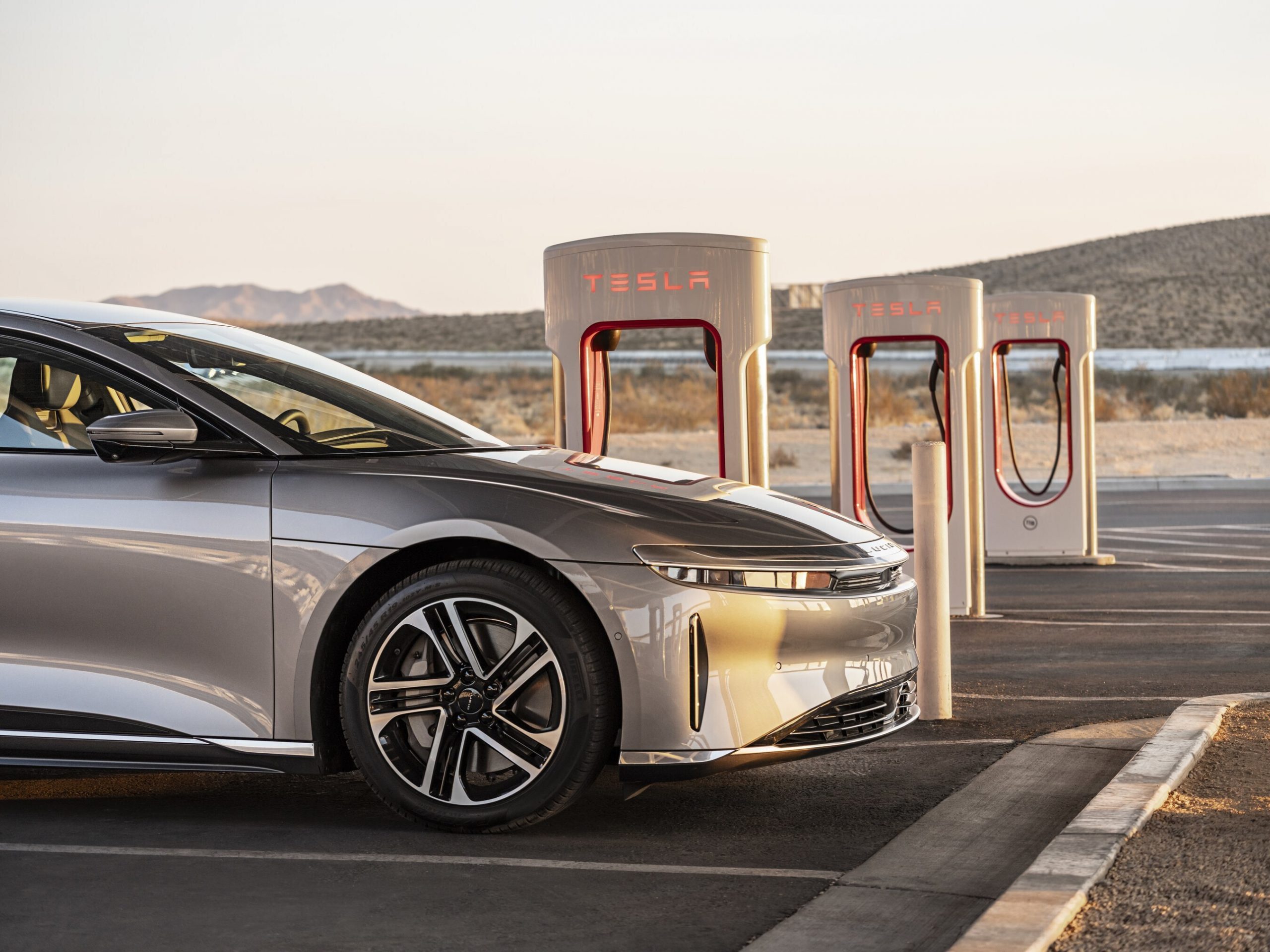
See, Lucid’s sedan features a nominal system voltage of more than 900 volts, and even the actual nominal voltage of just the battery pack when in operation rather than charging sits at nearly 800 volts. Like with any EV with an 800-volt or higher architecture, there’s a nominal mismatch here that needs to be dealt with. Some vehicles like the GMC Hummer EV effectively split their battery pack into two parallel 400-volt packs while charging on 400-volt equipment, some vehicles like the Hyundai Ioniq 5 use their drive motor inverters as DC-to-DC converters to step charging voltage up to 800 volts, but the Lucid Air uses its onboard charger to boost 400-volt input into 926-volt output to the battery pack.
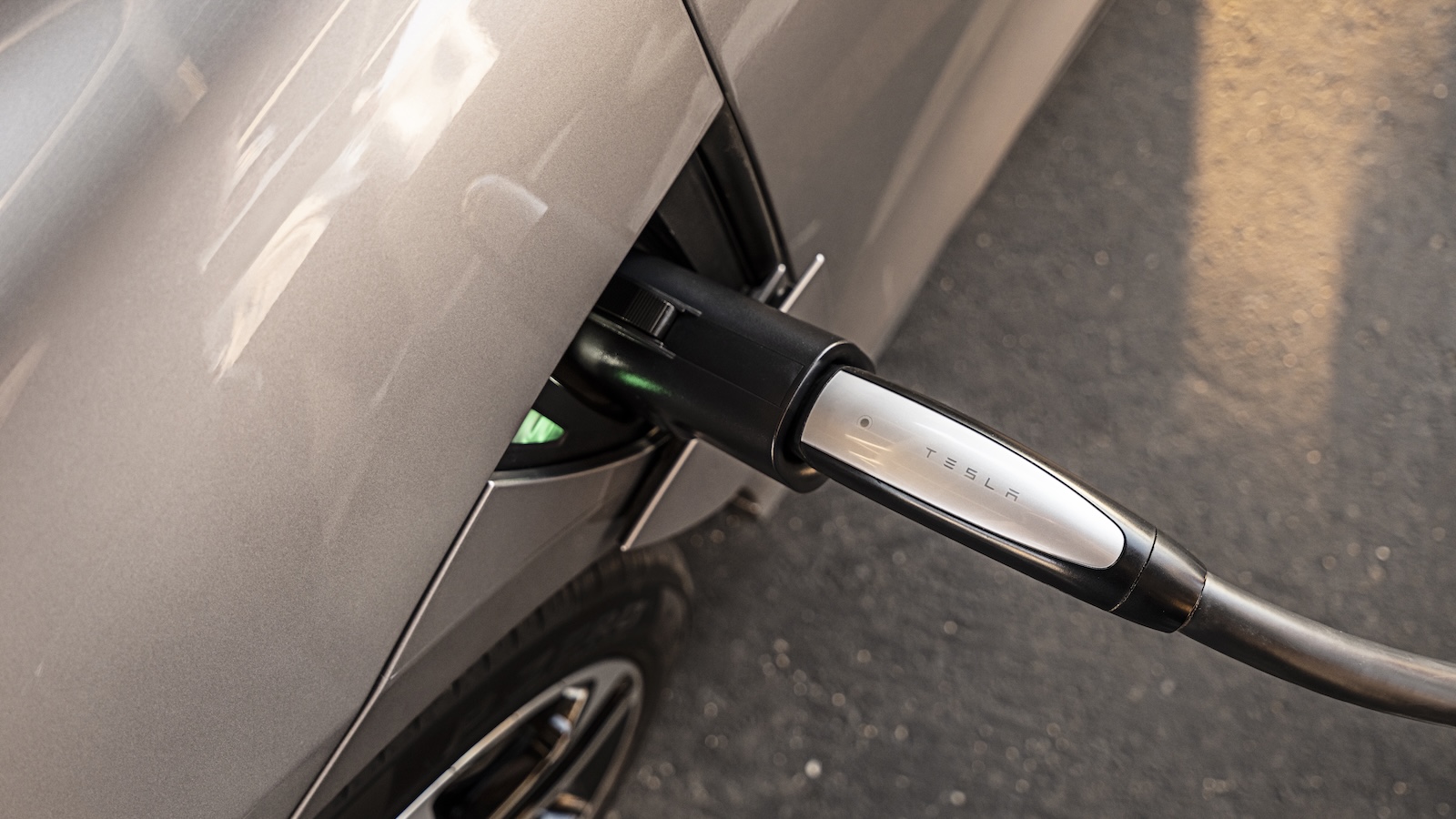
The onboard charger—or Wunderbox in Lucid-speak—can only handle a certain level of energy transfer, that being 50 kW. So, when you plug a Lucid Air into a 400-volt-nominal Tesla Supercharger, you’re capped at an energy transfer ceiling low enough to bump your head on. Granted, with the battery itself not being the bottleneck, the charging curve should be impressively flat, but you’re still going to be waiting at a Supercharger station for quite a while.
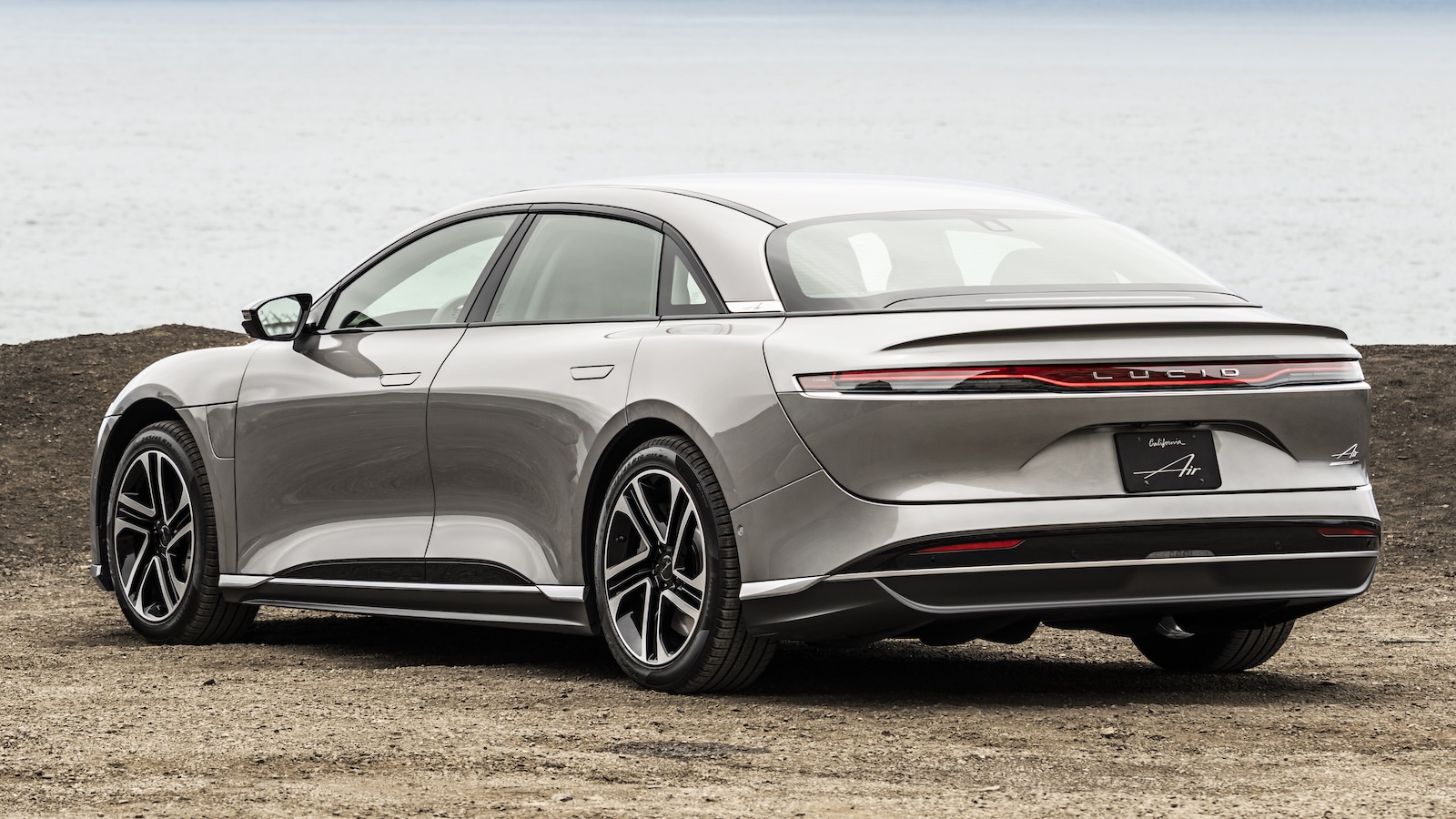
On the plus side, if you are looking at pulling the trigger on a Lucid Air, it’s getting some light updates for 2026. Touring models get new battery cell chemistry for a range boost from 406 miles to 431 miles, a new available 19-inch wheel design joins the party, the Grand Touring trim gets standard 20-way massaging front seats, and the most affordable Pure trim gets advanced driver assistance system upgrades and the availability of a rear console screen. Oh, and a 40-amp mobile Level 2 charging kit is standard across the board. You know, maybe cheap Level 2 charging and a nice lunch sounds better than 50 kW Supercharging.
Top graphic image: Lucid Motors
Support our mission of championing car culture by becoming an Official Autopian Member.

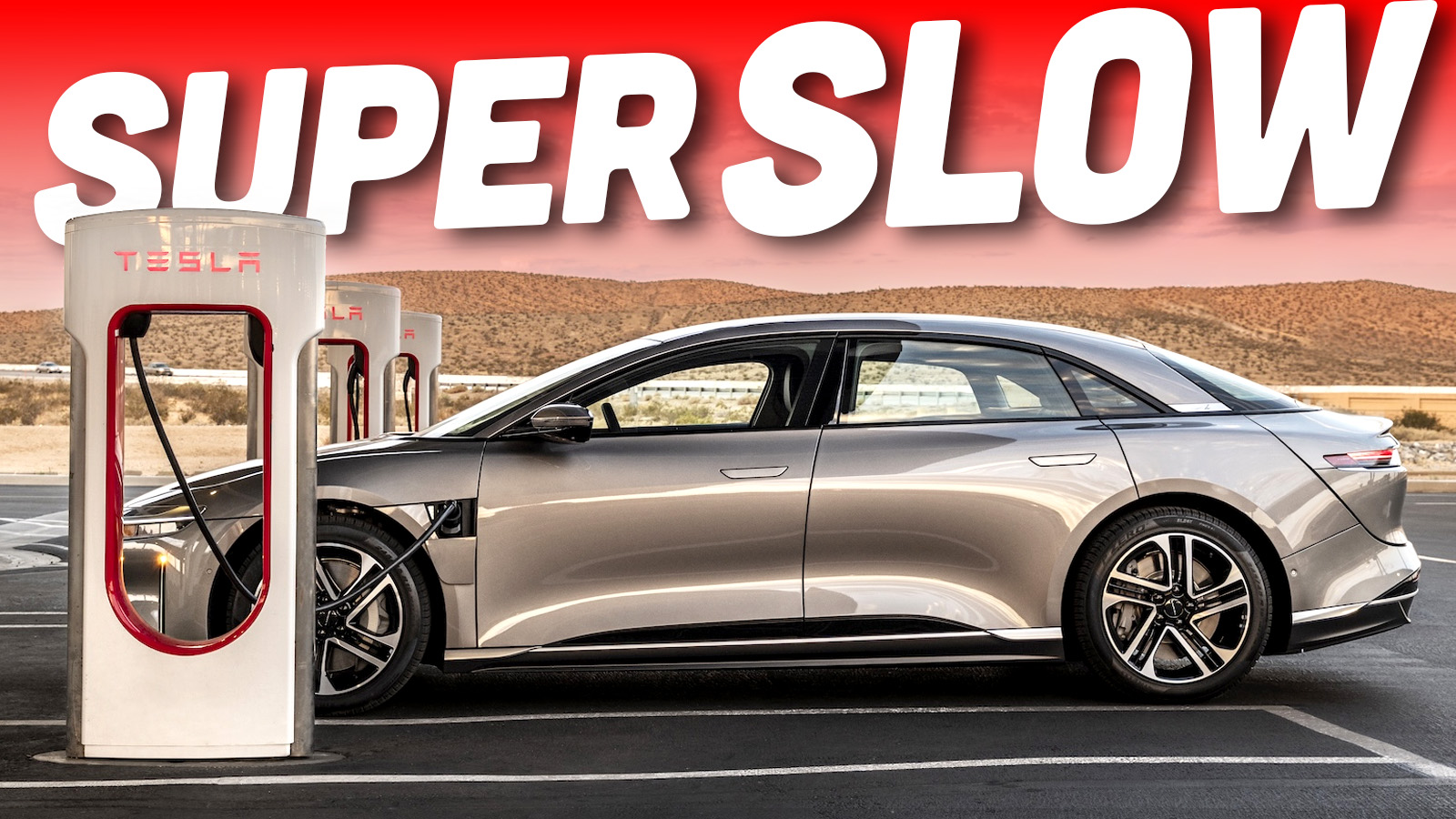



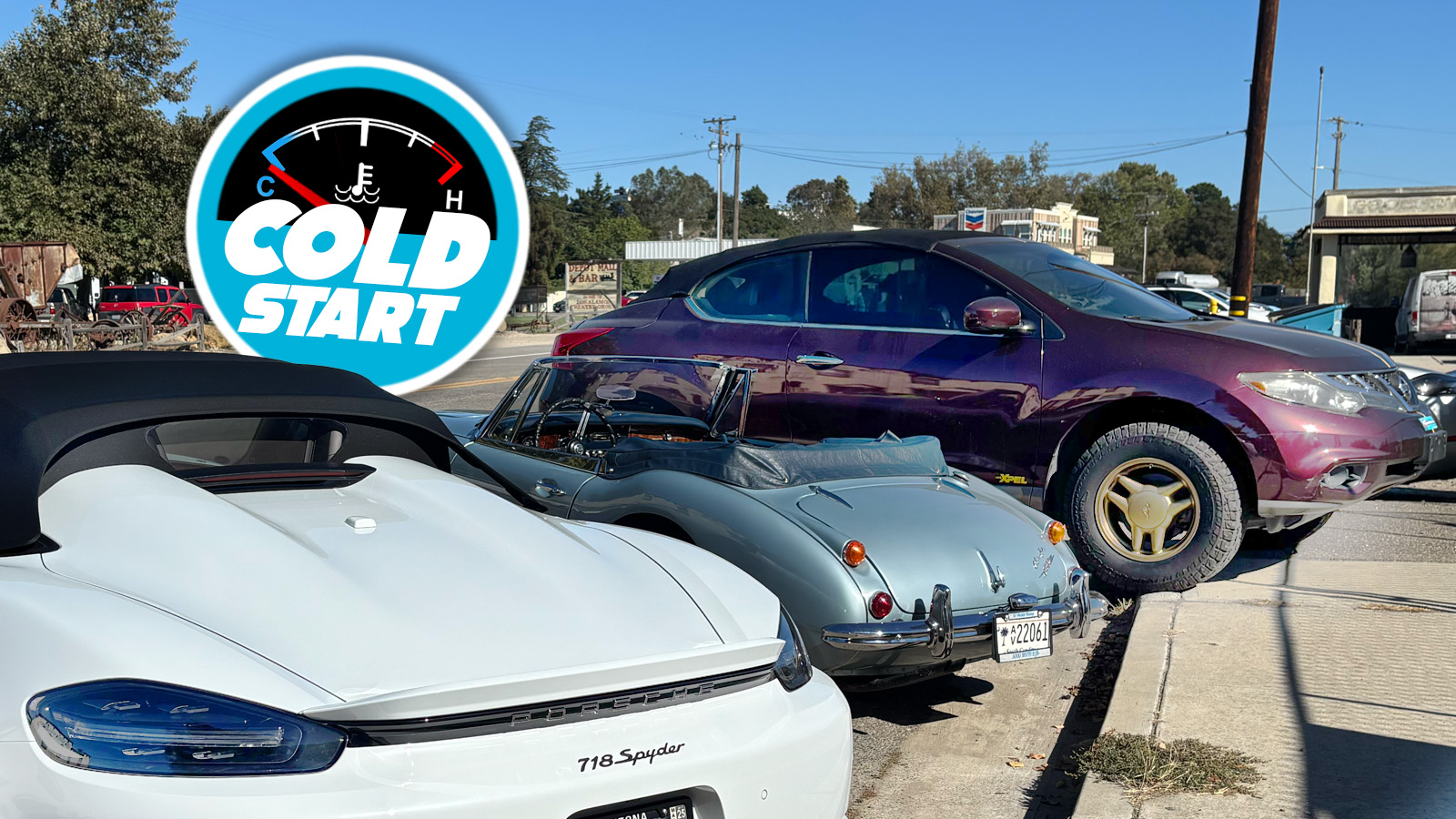
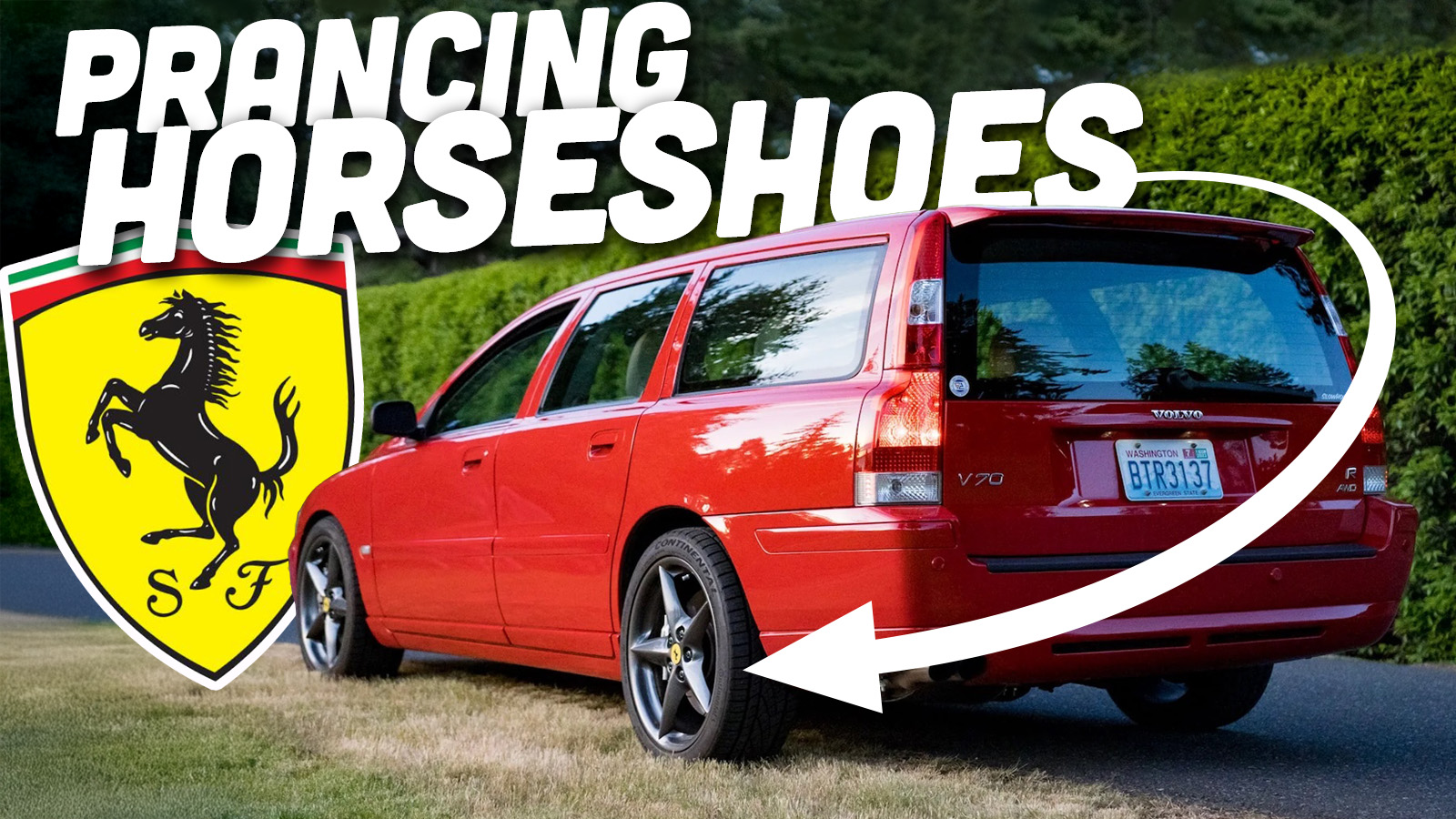
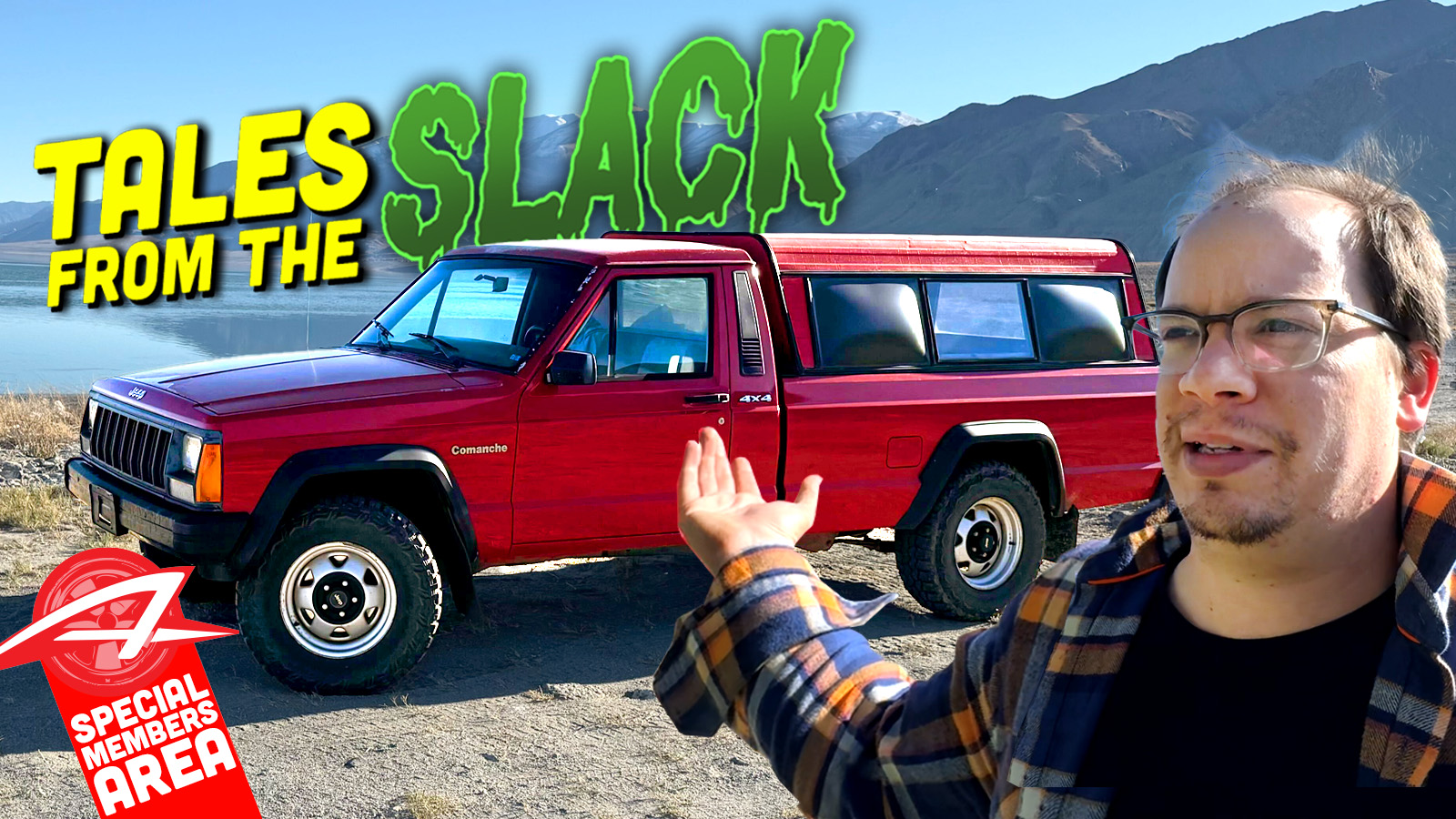
NOMINAL!
I prefer ICE because I can fill up the tank everywhere in less than five minutes and not to worry about the “compatibility” of the nozzle (of course, the diesel fuel nozzle is different from petrol version as to avoid the misfuel). Brilliant! Genius!
A big win for ICE!
You still have to drive to the gas station every time you need fuel. I can refuel my vehicle in my driveway while I sleep. I only ever need to charge on road trips. Thats *far* more convenient than an ICE vehicle
Don’t forget about all of the oil changes, spark plugs, transmission flushes, etc. that you don’t have to do.
For people with driveways
OP didnt mention if he was an apartment dweller. For them, yes gas cars are still more convenient. But to pretend that EVs are always less convenient is weird considering most people can charge at home or work
Oddly enough, I’m not sure how much it matters. V4 High-speed Tesla chargers represent around 40-50% of 325W+ stations (based on a quick search), but the other 50% tend to be colocated at high-traffic locations.
The current V4 superchargers are not really V4. The dispensers are the new design, but they still run on the old 400volt V3 cabinets. There isn’t a single 800volt deployed yet, but supposedly coming soon, assuming Elon doesn’t fire everyone on a whim again.
It sounds like this means that the Air will be limited to 50kW at any ~500V charging station, not just superchargers? I’m pretty sure most of the CCS L3 chargers I use are the lower voltage, so it would take almost as long to charge as my bolt? That seems like a major oversight from a company that prides itself on its engineering
Any of the chargers labeled as 350/400kW etc are likely capable of 800V charging. Most of the EVGO, EA, and Shell chargers I’ve been to in Texas have at least one 350kW+ charging post. Ionna and Mercedes seem to be 350/400kW capable exclusively.
At least it isn’t like the new CLA, where (at least in Europe), 400V compatibility is optional.
No joke on the CLA, that would be pretty much non-functional where I live for any trips. Basically all of the chargers around me, within a few hours, are 50-200 kW, single or double installs in small towns.
It seems like a HUGE misstep for Mercedes. Even if it just charged at 50kW, not being able to charge at all on large numbers of chargers just seems like asking for trouble.
Heck, even the Electrify America 150kw chargers are 800v- and due to how the charger itself is spec’d (cable current limit?) my 800v EV6 charges at ~175kw or so from a nominal 150kw charger. Definitely a pleasant surprise.
Honestly that’s an insanely huge limitation in my book. The difference between even 50kW and 100 kW is insane, so being stuck that slow is actually not acceptable. I’ve also had maybe 25% of the CCS chargers I’ve tried to use ever work… so yikes.
Yikes indeed, I think the last couple years we’ve had about an 80-90% success rate with CCS, still not great, but certainly getting better. It’s just another thing that makes me laugh that a $100k, high end luxury car might be stuck charging as long as me if I ever see one at a charging station.
It’s certainly not ideal but in a pinch it’s enough to get you to a charger that doesn’t suck if you’re in a charging desert.
Yup. Slow charging is far better than no charging and a tow truck call.
My thought as well, in many areas Supercharger is the ONLY option.
Or there is a long line for [insert sub standard charging network here] because half their chargers are de-rated or inoperable.
Lucid is my dream car on paper, but I can’t get over that C pillar.
It’s one of my dream cars too, but I don’t have an issue w/the C pillar. My hesitation revolves around how much it costs. 😉
What’s wrong with it?
It appears completely normal to me – unlike the black plastic and a piece of chrome faux-floating roof mess on so many new vehicles these days.
I think it’s the lack of symmetry that bothers me. If A and B were chonkier it would bother me less. Maybe it’s the piano black trim on the doors that makes it look worse than it is? I think the car in all black looks better to me.
Weird. That is one of my fa. Parts. Especially given the slight wrap
Around rear window. It thinks it might be a Saab someday
C-Pillar looks fine to me. My issue is the front fascia. I like grille-less cars, and I like cars with grilles, but the Lucid chrome-unibrow-with-a-CD-slot-underneath isn’t attractive in my eyes. Just looks unfinished and half-assed. It’s grown on me a bit having seen many in my area, but it’s still my least favorite aspect of the car.
I guess this will get better over time as V4 dispensers & charging cabinets roll out? Of course, the latter upgrades will take much longer and the real issue is that you won’t be able to tell at a glance whether you’ll get 50kW or 250kW from the charger.
I think all the I-95 corridor Superchargers are getting the V4 cabinets now (thank you to the New Jersey Turnpike Authority for forcing the issue)
Hey, my Chevy Bolt can do a whole 53 kw on tesla superchargers…